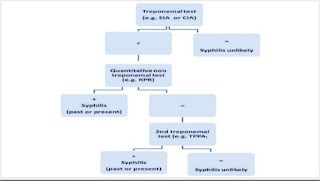Xanthogranulomatous Oophoritis: A Radiologic Masquerader
Xanthogranulomatous oophoritis is a rare, chronic inflammatory condition affecting the ovary, characterized histologically by lipid-laden macrophages (foamy histiocytes), plasma cells, and multinucleated giant cells. It is often confused with ovarian neoplasms due to its imaging appearance and clinical presentation.
📸 Imaging Findings of Xanthogranulomatous Oophoritis
1. Ultrasound (US)
Complex adnexal mass: May appear as a multiloculated, cystic-solid mass.
Heterogeneous echotexture: Due to mixed inflammatory and necrotic tissue.
Septations or internal debris: Mimics tubo-ovarian abscess or neoplasm.
No specific vascular pattern on Doppler – may or may not show peripheral flow.
2. CT Scan
Enlarged ovary or tubo-ovarian mass: Complex with solid and cystic components.
Low-attenuation areas: Correspond to necrosis or pus.
Peripheral enhancement: Suggests inflammation.
Fat stranding and inflammatory changes in adjacent tissues (e.g., pelvic fat planes).
May mimic tubo-ovarian abscess or advanced ovarian carcinoma.
3. MRI
T1-weighted imaging: Mixed signal; may show hyperintense areas if hemorrhage or cholesterol clefts present.
T2-weighted imaging: Heterogeneous high signal in cystic areas; solid components may enhance post-contrast.
Post-contrast: Peripheral or patchy enhancement.
May be indistinguishable from malignancy or abscess without histology.
🧠 Key Differentials
Tubo-ovarian abscess
Endometrioma
Ovarian carcinoma
Other granulomatous diseases (e.g., tuberculosis)
🧪 Diagnosis
Imaging is suggestive but not definitive.
Diagnosis is confirmed on histopathology after oophorectomy or biopsy.
💡 Clinical Tips
Often presents with chronic pelvic pain, fever, leukocytosis.
Consider in patients with refractory PID or non-resolving tubo-ovarian mass despite antibiotics.
✍️ Blog written by Dr. Upasana — Radiology Resident & Medical Content Creator
📚 Follow @radioglia for more practical radiology insights.



Comments
Post a Comment